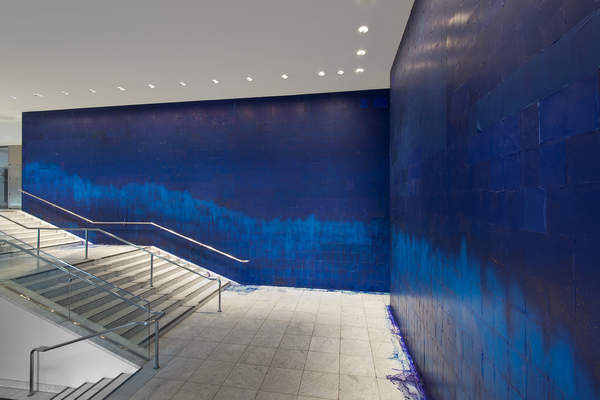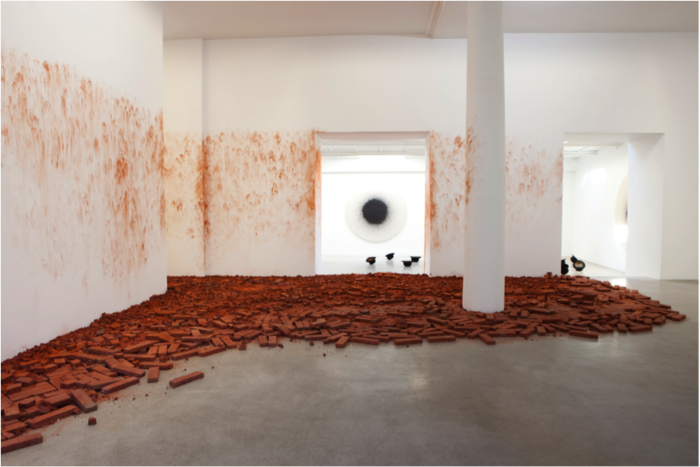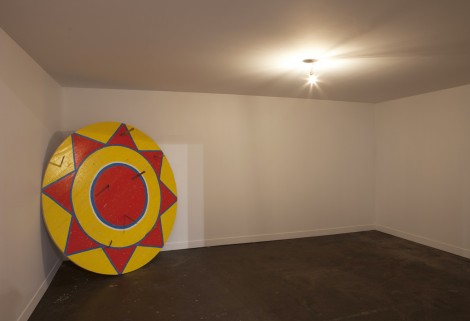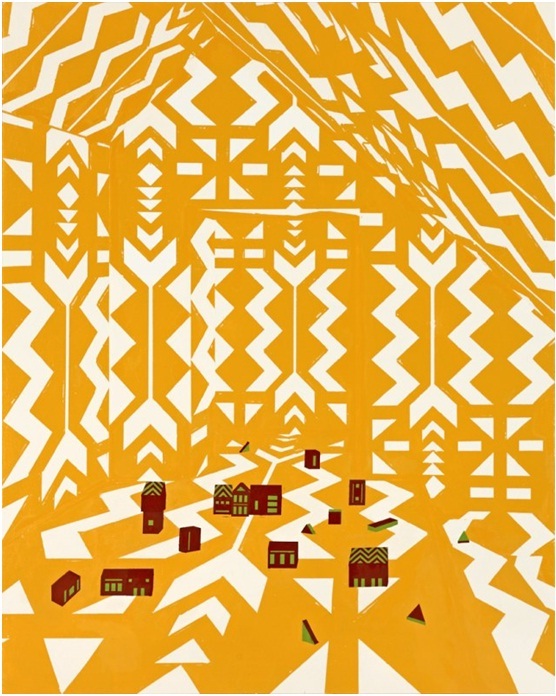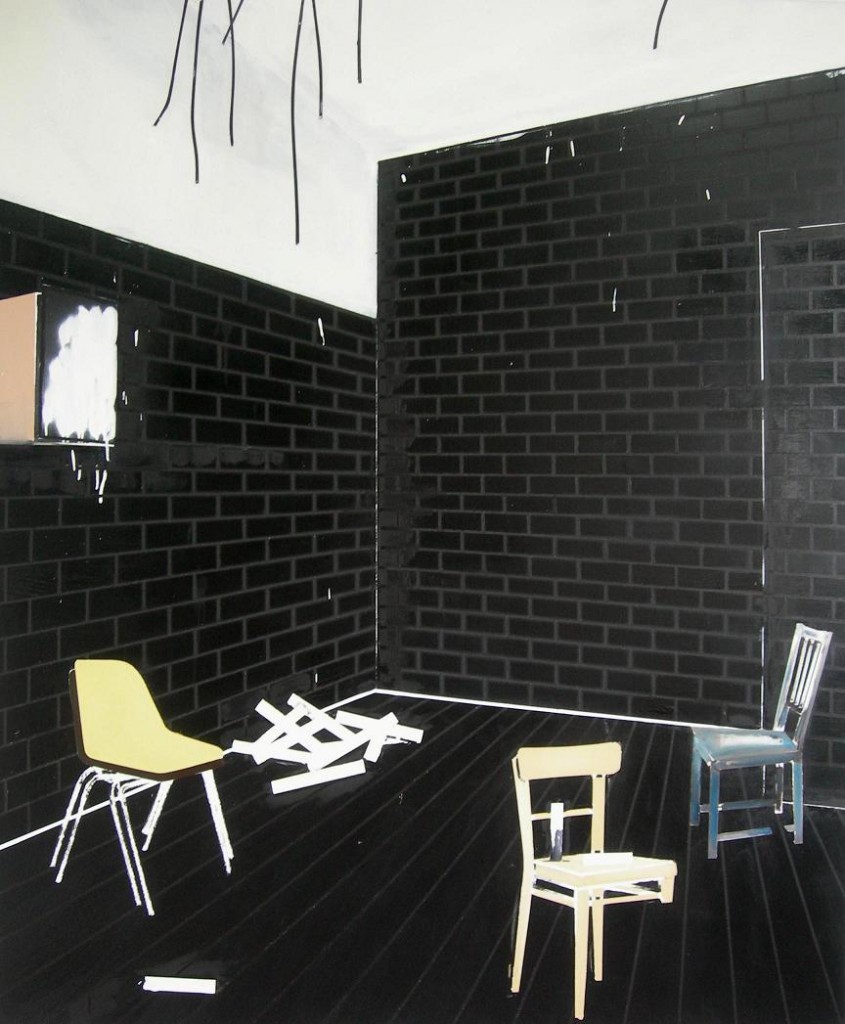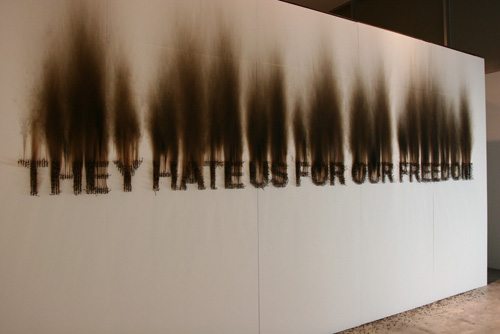INHALE is a cultural platform where artists are presented, where great projects are given credit and readers find inspiration. Think about Inhale as if it were a map: we can help you discover which are the must-see events all over the world, what is happening now in the artistic and cultural world as well as guide you through the latest designers’ products. Inhale interconnects domains that you are interested in, so that you will know all the events, places, galleries, studios that are a must-see. We have a 360 degree overview on art and culture and a passion to share.

As a corollary to FIAC the Prix Marcel Duchamp has had some pretty impressive winners in its time and is, as with all of these types of prizes, a great way for an artist to get some recognition, funding and actual cash. Not as old as the Swiss Art Awards, as prestigious as a Gold or Silver Lion, or as lucrative as some of the big private awards, it is still sufficient to spur on the career of any artist, not least in that it comes with a well funded exhibition at the Pompidou, and allows you to join a roll of previous winners that includes the likes of Thomas Hirschhorn and Dominique Gonzalez-Foerster.
This year the prize remains true to form, despite its international panel of judges, in that it historically favours Paris-based artists, with three of the four artists having their practice in the city. There has also been a tendency, perhaps in keeping somewhat with its namesake, for the prize to go to someone with a sculptural/installation-based practice, and again we see three of the four artists working in something we could call this format. Finally, remaining true to its remit, and, as hasn’t always been the case, this year’s is a relatively youthful selection. Here is my summary of the nominees:
The winner was Latifa Echakhch, a Moroccan-born Swiss-based artist who works across a number of formats including video, sculpture, and installation. Most often concerned with contextual gestures and interventions around the areas of cultural identity, gender and marginalised communities, she often incorporates found objects, or “weak” materials to create strong visual statements.
Raphaël Zarka is a man with a skateboarding obsession. Born in Montpellier and relocated to Paris, something of this passion can be seen in his sculptural forms, reflections of the urban architecture so often appropriated and re-formed by those on a board, and what we might call a certain kinetic interactive sympathy.
Farah Atassi is the odd one out of this group, not because she was born in Belgium or works in Paris (clearly), but because she does that most old fashioned of things – she paints, albeit in a confusingly retro/modern post-tech kind of way. There is something strictly MS DOS about the painted and yet pixelated space she creates, at once bound space, a room, and fantastic landscape. And all in very distinctive colour palette.
Claire Fontaine is, as anyone who has bought stationery in France will know, the conceptual joker in the pack. A “readymade artist” of a collective nature she works to bring about the possibility of a “human strike” where she might “use her freshness and youth to make herself a whatever-singularity and an existential terrorist in search of subjective emancipation.”[1] This translates to works in neon, found objects, appropriations of other people’s work, and works on the wall that can best be described as incendiary, literally incendiary.
via artslant.com



